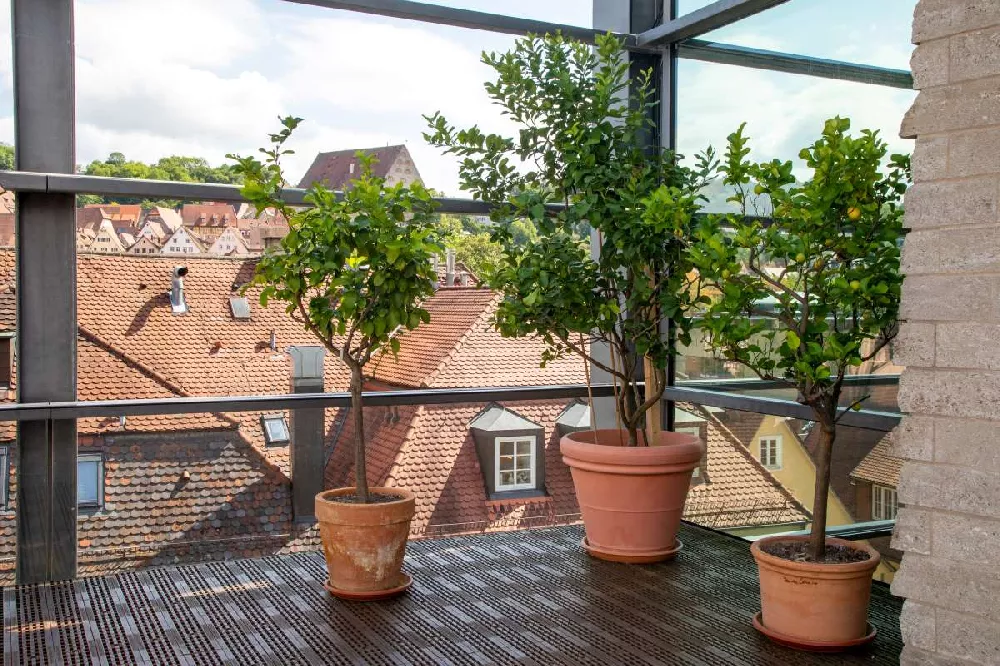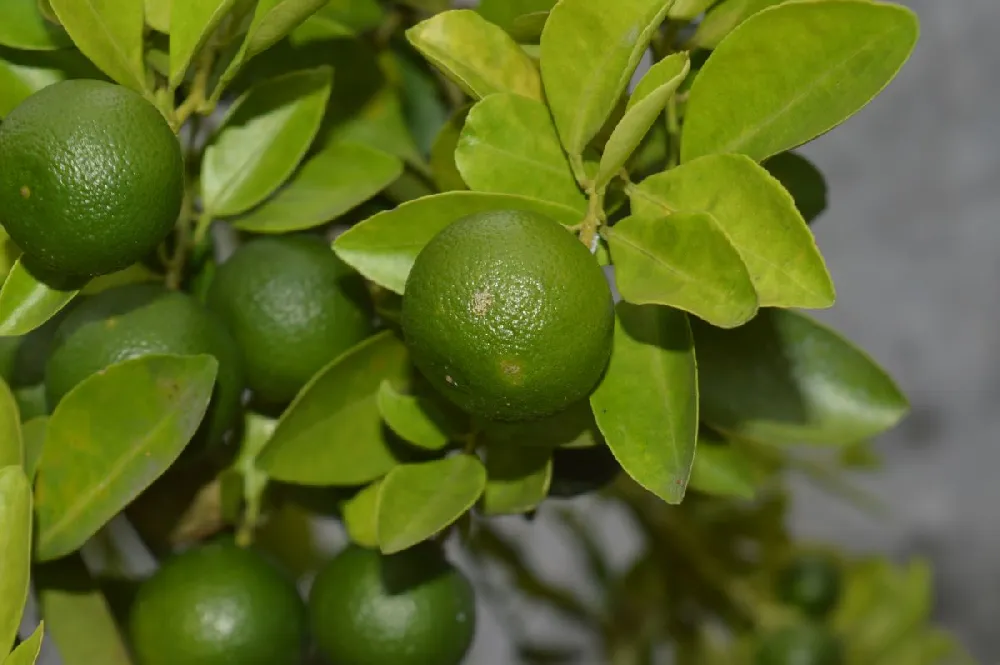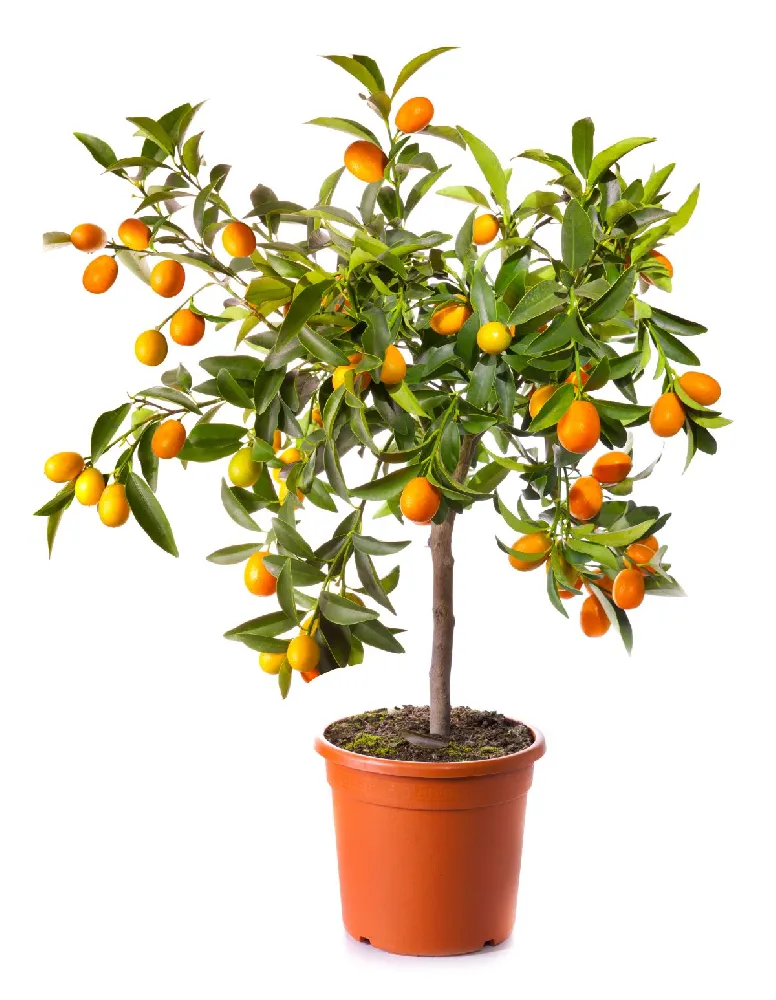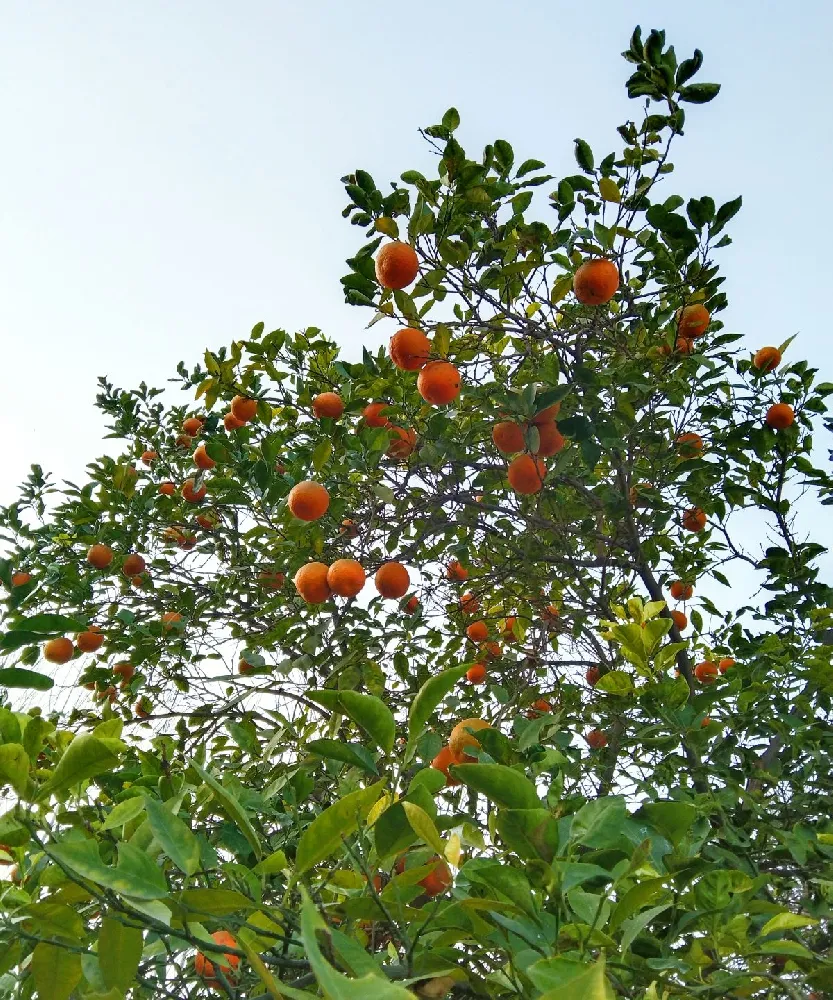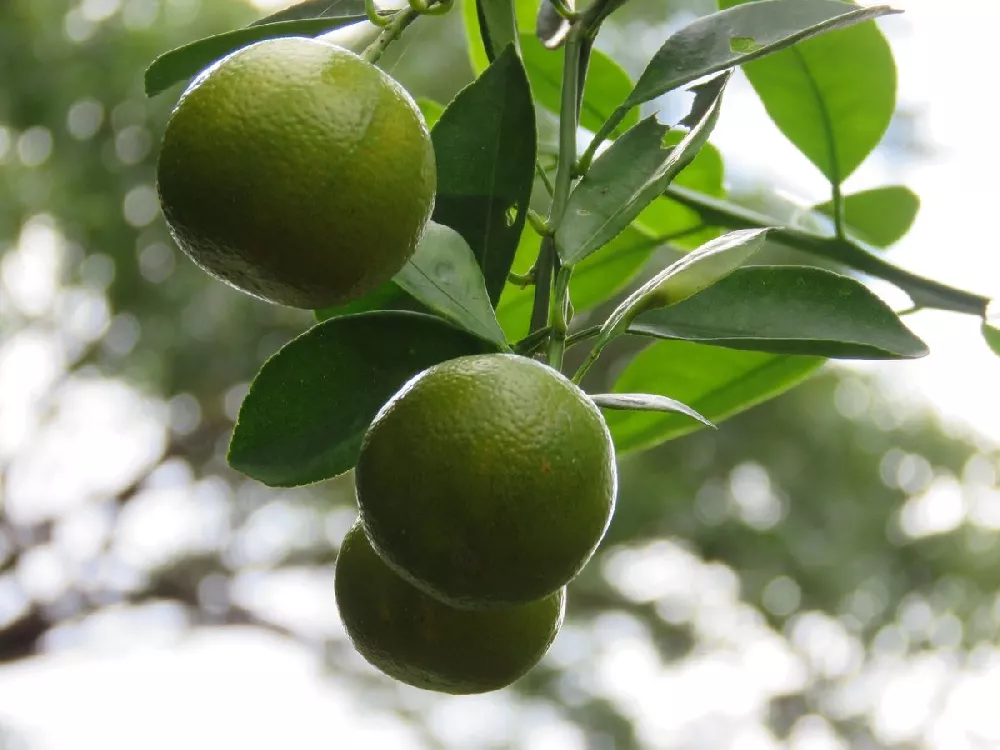- Home >
- Houseplants >
- All-in-One Citrus Starter Kit
All-in-One Citrus Starter Kit for Sale - Buying & Growing Guide
The all-in-one citrus starter kit comes with three fruit-bearing plants, which are the Meyer Lemon Tree, Citrus x meyeri, the Key Lime Tree, Citrus aurantifolia, and the Calamondin Orange Bush, Citrus mitis. Each of these plants calls for a similar care routine and will produce citrus fruits—each of which has a unique flavor, color and fragrance. You'll also experience large harvests as these plants can cross-pollinate with one another for greater fruit production.
- The all-in-one citrus starter kit comes with three compatible citrus plants.
- The plants in this kit are small enough to grow in containers to allow for overwintering.
- The plants in this kit can easily cross-pollinate, making for larger harvests.
Enter your zip code to find nearby stores that may carry this plant.
Plant Care
Sunlight

The plants in your all-in-one citrus starter kit will do best when they grow in full sunlight.
Watering
You should water your all-in-one citrus starter kit once per week, increasing and decreasing that amount based on the weather.
Fertilizing

Fertilize in early spring, late spring and summer, using a nitrogen-rich fertilizer or one specific to citrus plants.
Planting and Care
Planting instructions
All three of the plants in your all-in-one citrus starter kit will grow best in areas with good soil drainage and full sunlight exposure. If you live in zones eight and warmer, you can grow these plants outdoors and establish a small citrus orchard. If you live in a colder region, you should grow your all-in-one citrus starter kit plants in individual containers and bring them indoors whenever the temperature lowers to about 20 degrees Fahrenheit.
Watering and nutrients
You should feed your all-in-one citrus starter kit with a nitrogen-rich fertilizer about 3 times per year. The first feeding should take place in the later winter or early spring. The second and third feeding should take place in later spring and mid-summer, respectively. Usually, you should water your all-in-one citrus starter kit about once per week. However, there may be times when you may need to water it multiple times per week or once every few weeks. Alternatively, you can water your all-in-one citrus starter kit whenever you notice that the first two to three inches of soil have dried out.
Pollination
While the three citrus fruits in your all-in-one citrus starter kit are typically self-pollinating, they will benefit from growing near one another. These three plants can easily cross-pollinate one another. When cross-pollination occurs, your all-in-one citrus starter kit will produce much more fruits on each plant than it would if each species was left to pollinate itself. For those growing the all-in-one citrus starter kit indoors, you may need to consider conducting pollination by hand since your plants may not have access to a natural pollination process.
Pruning
Generally, it is best to prune citrus trees during late winter and early spring. When pruning the plants in your all-in-one citrus starter kit, you should prioritize the removal of any branch that is dead, damaged or diseased. It is also beneficial to thin the canopies of these plants by removing excess foliage and crossing branches. Thinning the canopy will help air circulation and allow sunlight to reach all parts of the canopy, leading to fewer disease issues and better fruits.
Pests, diseases and animals
You’ll need to remain vigilant when caring for your all-in-one citrus starter kit to prevent any pest infestations. Unfortunately, there are several pests that harm citrus trees specifically, including citrus bud mites, citrus whiteflies and citrus thrips. Additionally, some more common garden pests like scale and aphids can also harm this plant. Along with those threats, your all-in-one citrus starter kit may experience diseases, including black spot, canker and fruit scabbing. The best way to prevent such issues is to follow the ideal care routine for each plant in the kit.
Harvesting
The all-in-one citrus starter kit contains three distinct citrus plants, each of which has its own harvest time. The Meyer lemon is usually ready for harvest in early spring, while the key lime plant and the calamondin orange bush will be ready for harvest in summer and fall. It is important to learn the signs of ripe fruit for each of these three plants to ensure that you harvest them properly. Fortunately, you can easily pick the fruits of each of these plants using nothing other than your hands.
Achieving maximum results
Before growing an all-in-one citrus starter kit, you should be aware that the leaves of the Meyer lemon tree can be quite toxic. As such, you should not grow this plant where children or pets can access it unsupervised. Also, it can be beneficial to spray your plant’s annually with an insecticide to reduce the odds of an infestation. This is especially necessary if you grow your all-in-one citrus starter kit outdoors where a much greater number of potential pests will have access to it.
FAQs
When should you harvest a Meyer Lemon?
The Meyer Lemon Tree is often ready for harvest during the winter and early spring months. However, you should know how to harvest this plant based on the appearance of its fruits if you want the best quality. You should never harvest a Meyer Lemon if there is still some green on the skin. Instead, wait until the skin is entirely yellow before removing the fruit from the tree.
When should you harvest a Key Lime?
Unlike other citrus fruits, you should not wait until a Key Lime is fully ripe to pick it from the tree. Instead, you should pick your Key limes while they are still green in the early summer. After picking them, the Key limes will continue to ripen, during which time they will change color. When your Key limes have turned fully yellow, they will be ripe and have their best flavor.
When should you harvest a Calamondin Orange Bush?
The Calamondin Orange Bush is usually ready for harvest at some point during the late summer or early fall. However, this plant can also have the ability to provide fruits all year long. A fruit that is ready for picking will be firm to the touch and have a yellowish-orange color. The skin of a Calamondin Orange that is ready to pick should also be relatively thin.
Compare Similar Products
You can't add more Product Name - Product size to the cart.
OK